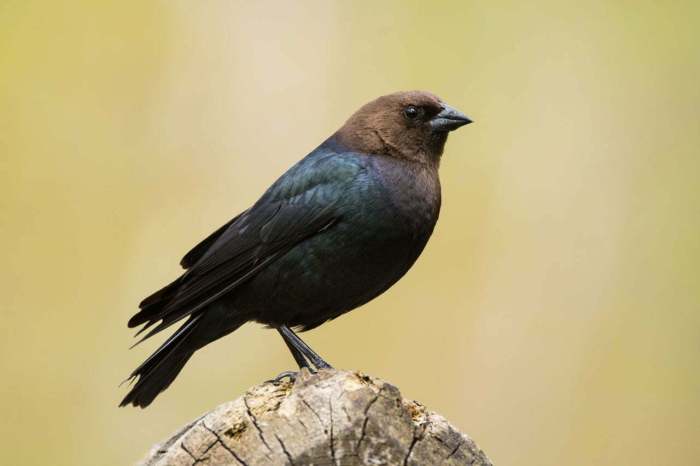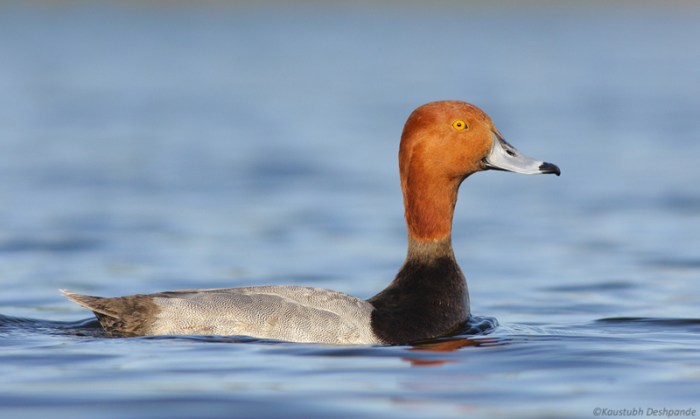Dive into the fascinating world of Texas birds with red heads, where vibrant plumage and distinctive characteristics take center stage. These birds captivate observers with their unique physical traits, diverse habitats, and intriguing behaviors.
From the fiery crests of cardinals to the crimson crowns of woodpeckers, these avian wonders paint the Lone Star State with a splash of color. Join us as we explore the remarkable world of Texas birds with red heads, uncovering their secrets and marveling at their beauty.
Physical Characteristics: Texas Birds With Red Head

Birds in Texas with red heads exhibit distinct physical features that contribute to their survival, reproduction, and communication. These characteristics include vibrant red plumage, strong beaks, and specialized feathers.
Plumage
The bright red plumage of these birds serves multiple purposes. It aids in camouflage, allowing them to blend in with the surrounding vegetation. The red feathers also play a crucial role in attracting mates during the breeding season.
Beaks
The strong, sharp beaks of these birds are adapted for various tasks. They use their beaks to crack seeds, extract insects from crevices, and defend themselves against predators.
Specialized Feathers
Some birds in Texas with red heads possess specialized feathers that enhance their flight capabilities. These feathers are designed to reduce drag and provide lift, allowing them to fly efficiently and cover long distances.
Habitat and Distribution
Birds with red heads in Texas prefer a variety of habitats, including:
- Grasslands and prairies
- Shrublands and thickets
- Forests and woodlands
- Wetlands and marshes
These birds are found throughout the state, but their distribution varies depending on the species. For example, the Northern Cardinal is found in all regions of Texas, while the Pyrrhuloxia is more common in the southern and western parts of the state.
Distribution Map
The following map shows the distribution of birds with red heads in Texas:

Diet and Foraging

Birds with red heads in Texas exhibit diverse dietary habits, reflecting the varied habitats they occupy. Their foraging techniques and food sources are adapted to their specific ecological niches.
Foraging Techniques
- Gleaning:Birds like Northern Cardinals and Pyrrhuloxias search for insects and fruits by hopping among branches and leaves.
- Hawking:Red-headed Woodpeckers fly out from a perch to catch insects in mid-air.
- Drilling:Pileated Woodpeckers use their powerful beaks to drill holes in trees to access insects and grubs.
Food Sources
- Insects:Many species, including Northern Cardinals and Red-headed Woodpeckers, consume a wide range of insects such as ants, beetles, and caterpillars.
- Fruits and Berries:Northern Cardinals, Pyrrhuloxias, and Summer Tanagers feed on fruits and berries, especially during winter.
- Nuts and Seeds:Red-headed Woodpeckers and Pileated Woodpeckers store nuts and seeds for later consumption.
- Sap:Red-headed Woodpeckers occasionally drill holes in trees to access sap, especially during winter.
Breeding and Nesting

Red-headed birds in Texas typically breed during the spring and summer months. They exhibit various nesting behaviors depending on the species.
Nest Site Selection, Texas birds with red head
Most red-headed birds build their nests in trees or shrubs, selecting sites that offer protection from predators and the elements. The height and location of the nest vary depending on the species. For instance, the red-headed woodpecker prefers to nest in dead or decaying trees, while the vermilion flycatcher builds its nest in dense vegetation near water.
Clutch Size
The clutch size of red-headed birds in Texas varies from 2 to 5 eggs. The eggs are typically white or pale blue with brown or black spots. The incubation period ranges from 10 to 14 days, with both parents participating in the incubation duties.
Speaking of unique, did you know about the Northern Cardinal, the state bird of Texas? Its vibrant red head is a sight to behold. Now, let’s dive into a different realm of words with ped and pod root words . These linguistic building blocks help us understand words related to feet and feet-like structures.
And guess what? The Northern Cardinal’s feet are a perfect example of a “ped,” which means “foot.” So, next time you see a Northern Cardinal, appreciate its “ped” and its striking red head.
Parental Care
Both male and female red-headed birds contribute to parental care. They take turns incubating the eggs and feeding the chicks. The chicks fledge from the nest after 15 to 21 days, depending on the species. The parents continue to provide care for the young birds for several weeks after fledging.
Conservation Status

The conservation status of birds with red heads in Texas varies depending on the species. Some species are common and widespread, while others are threatened or endangered.
The following are some of the potential threats to birds with red heads in Texas:
- Habitat loss and degradation
- Climate change
- Pesticides and other pollutants
- Predation by non-native species
There are a number of conservation measures that have been implemented to protect birds with red heads in Texas. These measures include:
- Protecting and restoring their habitats
- Reducing the use of pesticides and other pollutants
- Controlling the spread of non-native species
- Educating the public about the importance of these birds
These conservation measures are helping to protect birds with red heads in Texas and ensure their continued survival.
Cultural Significance
Birds with red heads hold significant cultural importance in Texas, particularly among Native American tribes.
In Native American traditions, these birds were revered as symbols of strength, courage, and wisdom. The Comanche tribe believed that the Northern Cardinal represented a warrior’s spirit, while the Pileated Woodpecker was associated with the ability to communicate with the spirit world.
Folklore and Literature
Red-headed birds have also played a role in Texas folklore and literature. In the tale “The Red Bird of Happiness,” a young woman is guided by a Red-headed Woodpecker to find true happiness. The Pileated Woodpecker is often depicted in Native American stories as a trickster or messenger.
FAQs
What are some common species of Texas birds with red heads?
Northern cardinals, red-headed woodpeckers, and vermilion flycatchers are popular examples.
Why do these birds have red heads?
Red feathers may serve as a form of communication, attracting mates or deterring predators.
Are Texas birds with red heads endangered?
Some species, such as the red-headed woodpecker, face population declines due to habitat loss and fragmentation.